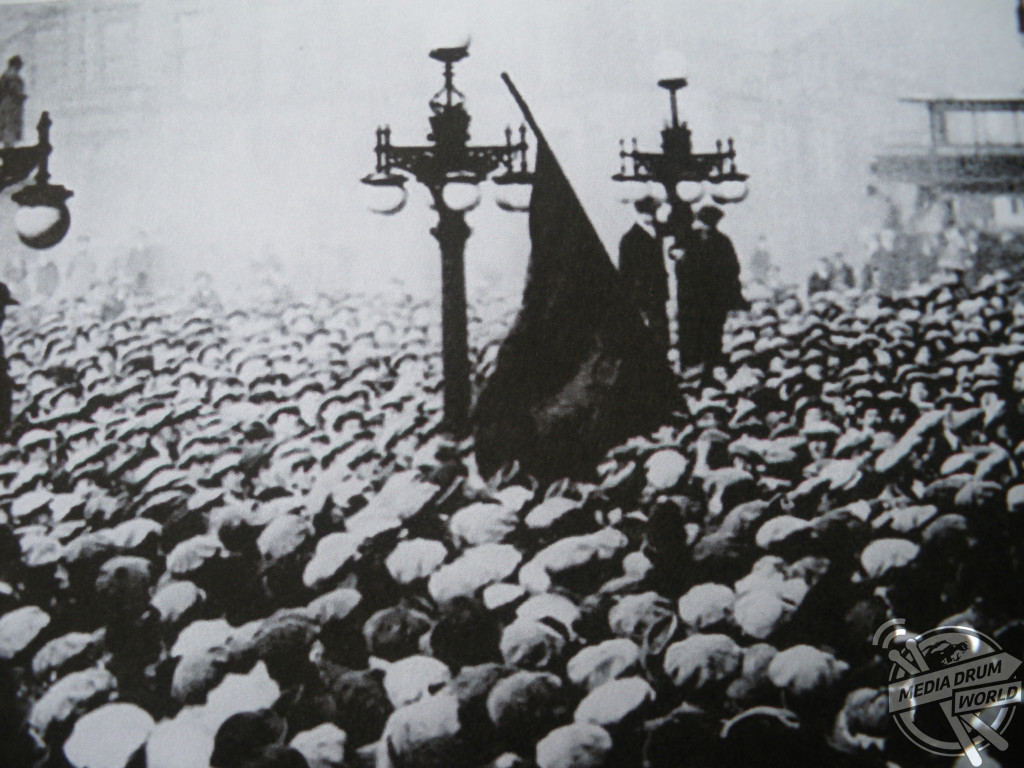
Britain’s 1919 Revolution
By Zoe Cassell
SHOCKING photographs showing the devastating damage to Britain’s cobbled streets following the now forgotten communist riots of 1919 have been released in a new book.
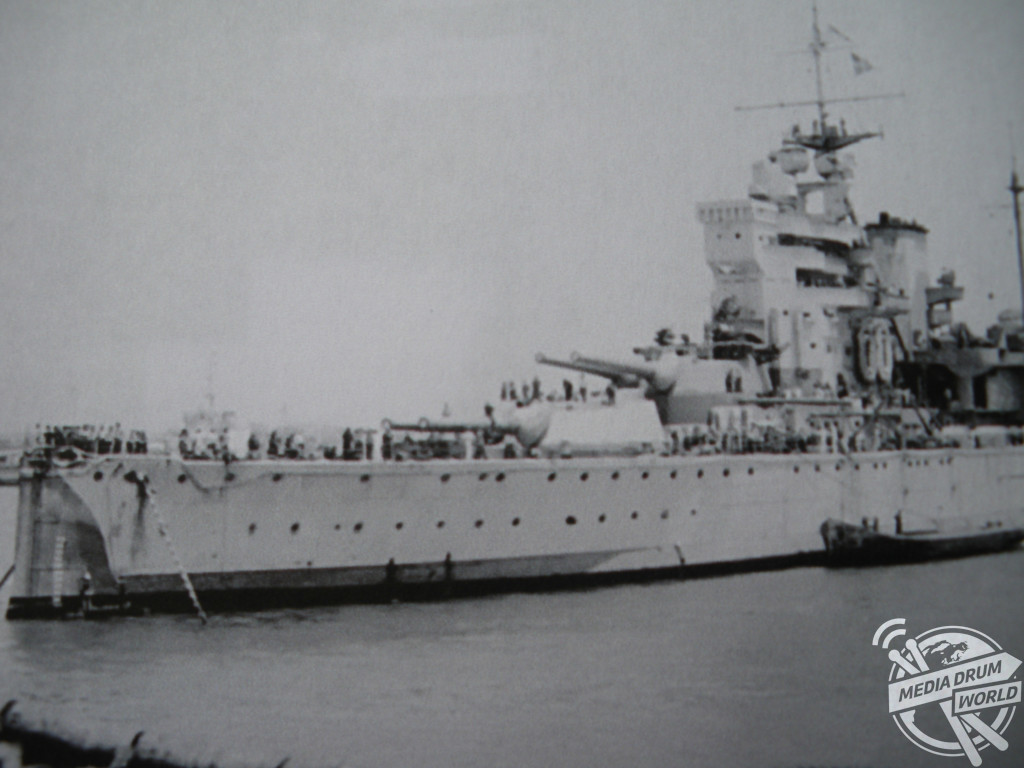
Simon Webb / mediadrumworld.com
In other images the towering HMS Valiant – one of the most formidable battleships of its time – can be seen moored in the Mersey, Liverpool, as-well-as newly invented tanks on the streets deployed against British trade unionist and Communist crowds.
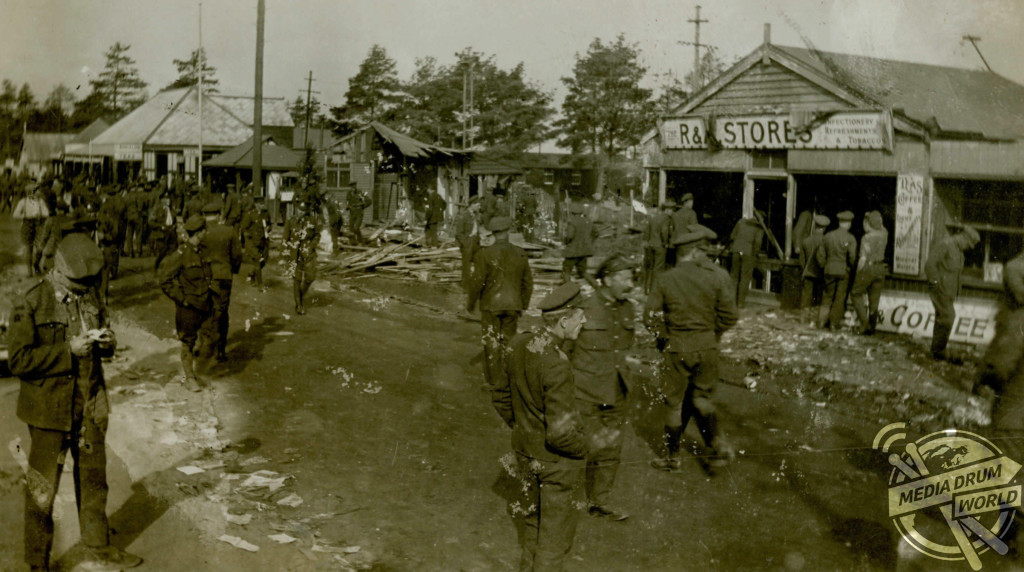
Simon Webb / mediadrumworld.com
The black and white images transport us back in time to when post-WW1 fury sparked revolution across Britain, which saw up to half-a-million workers striking at any given time, and because police were also on strike at times, the armed forces had to be bought in to restore order. It is not known how many people died as a result of the fighting.
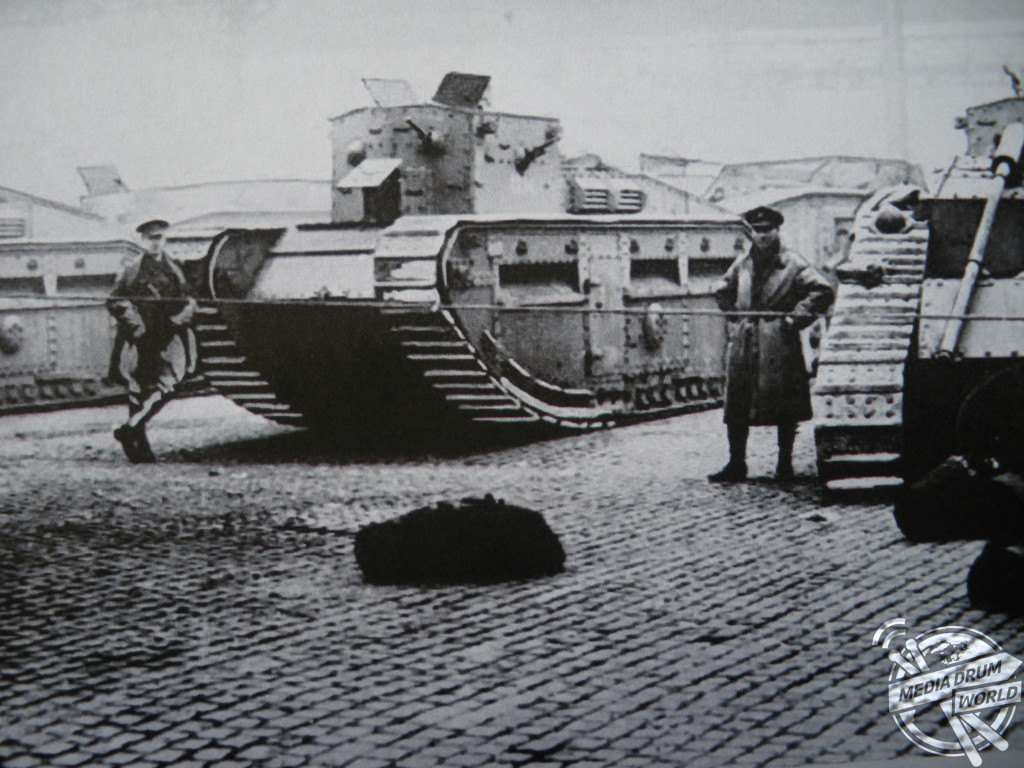
Simon Webb / mediadrumworld.com
The book is entitled ‘1919 Britain’s Year of Revolution’ by Simon Webb, and is published by Pen and Sword History.
“1919 was a year of revolution across much of Europe and this spread to Britain,” said author Simon.
“The First World War had just ended and both Russia and Germany had seen their governments overthrown in revolutions.
“The basic premise of [the book] is that social unrest combined with army mutinies and widespread strikes, meant there was a real danger that law and order would break down completely.
“It had in other European countries at that time.”
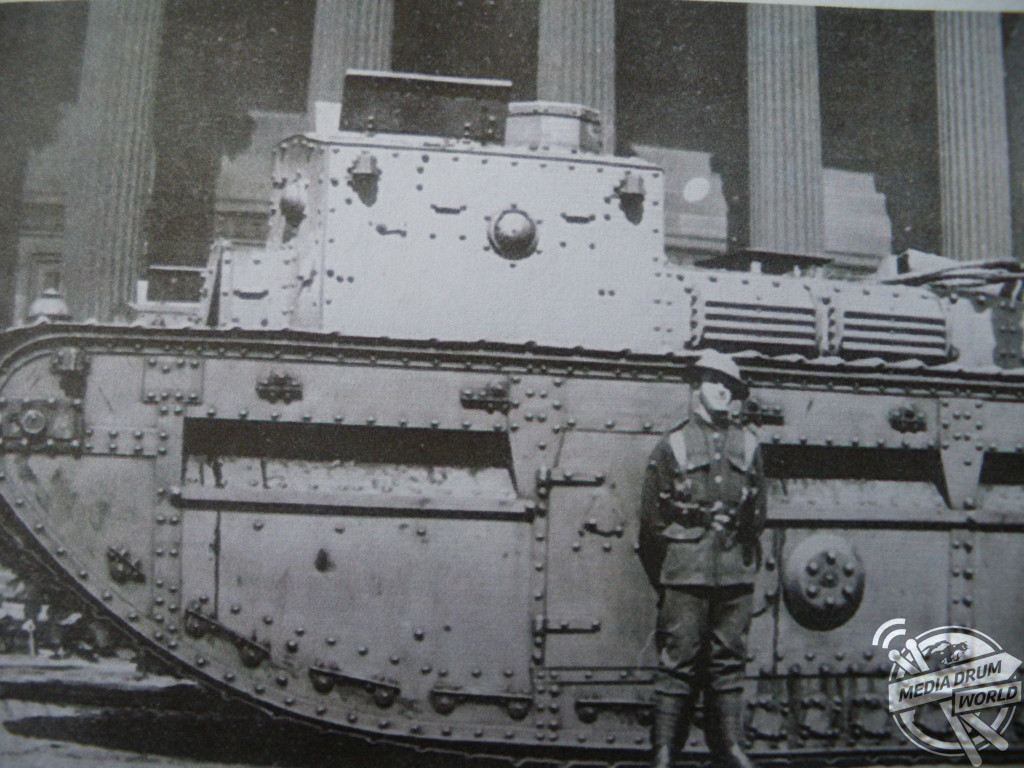
Simon Webb / mediadrumworld.com
In August 1919 under the British government’s orders, the HMS Valiant and two other battleships were ordered to dock in Liverpool and be prepared to open fire if necessary.
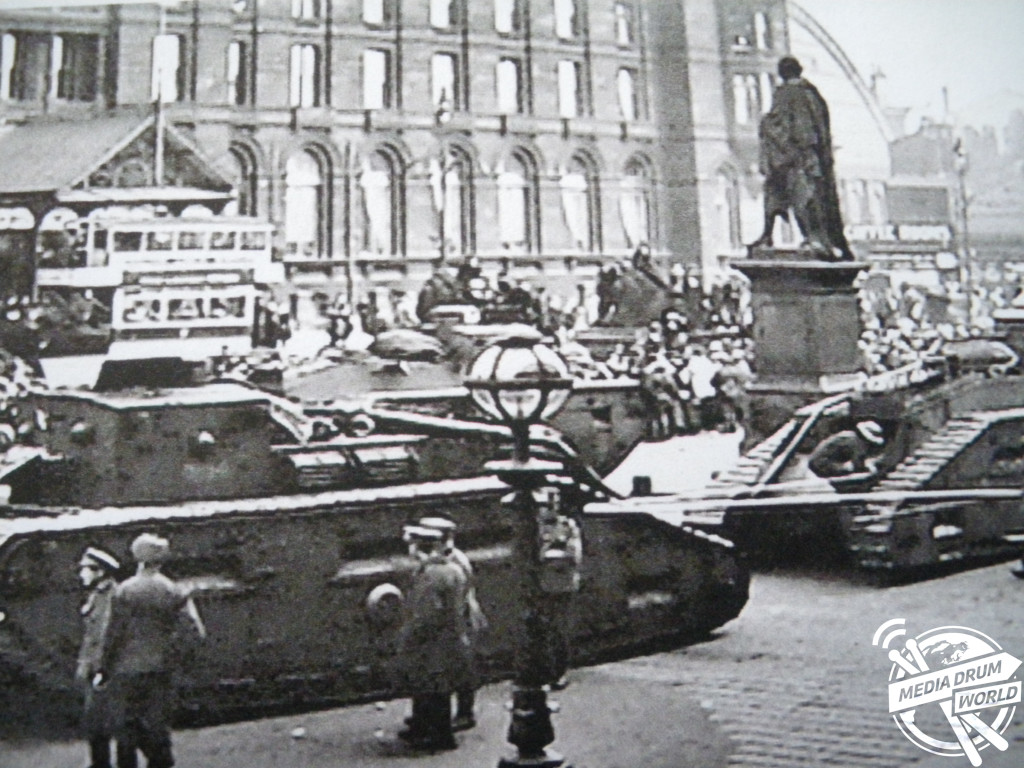
Simon Webb / mediadrumworld.com
The people of this working-class city were violently protesting and the army had been unable to take back control on the streets.
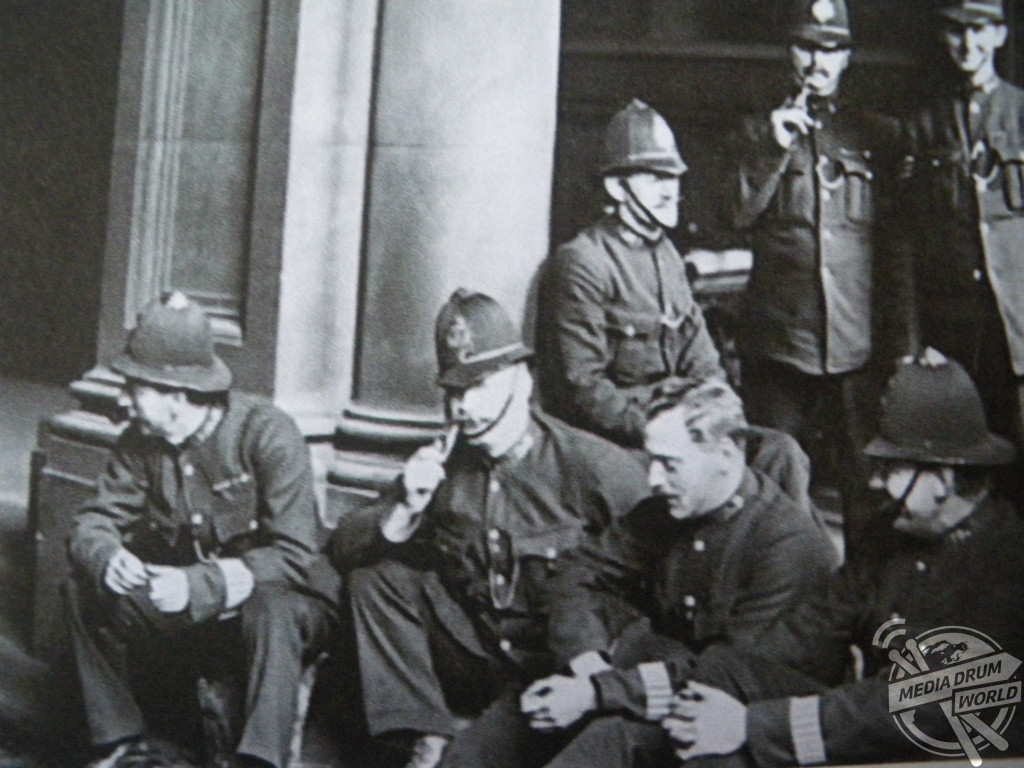
Simon Webb / mediadrumworld.com
“Some trade unions were hoping to bring about a communist revolution,” Simon said.
“Thousands of troops, backed by tanks, were brought into the city to deal with strikes and rioting.
“Three warships were moored off the city with their guns trained on the centre of Liverpool.
“Order was restored by bayonet charges and when that failed, soldiers opened fire on the crowds killing several people.”
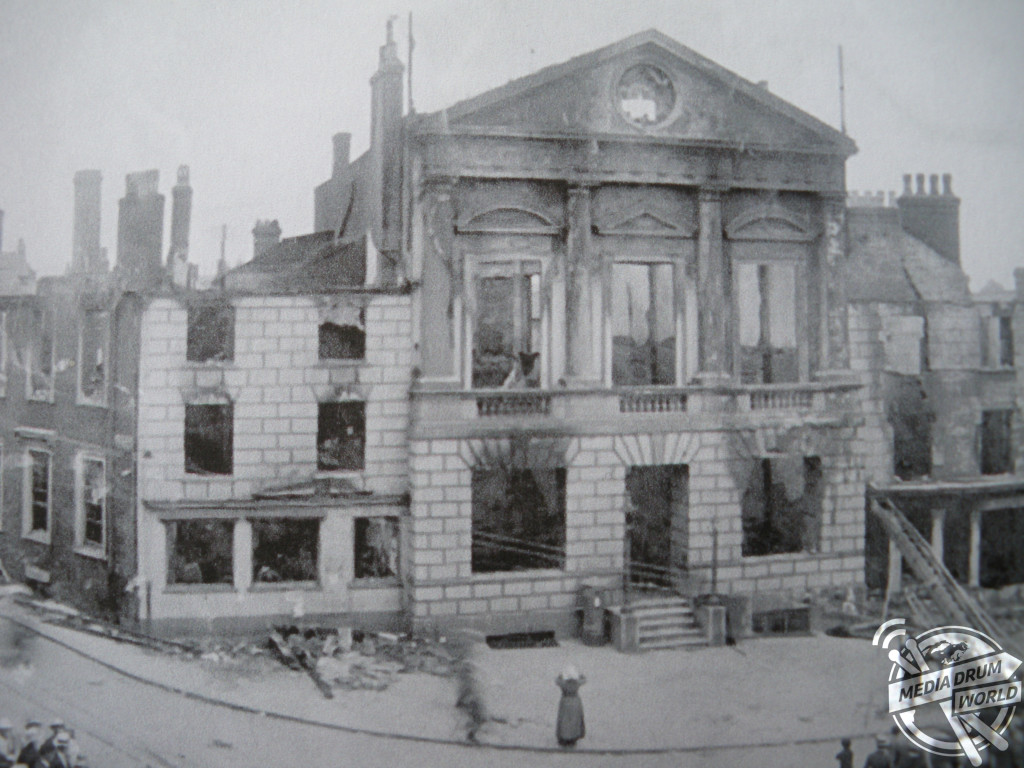
Simon Webb / mediadrumworld.com
Across Britain the riots caused devastation. In Luton, the town hall was burned down before troops were able to regain control.
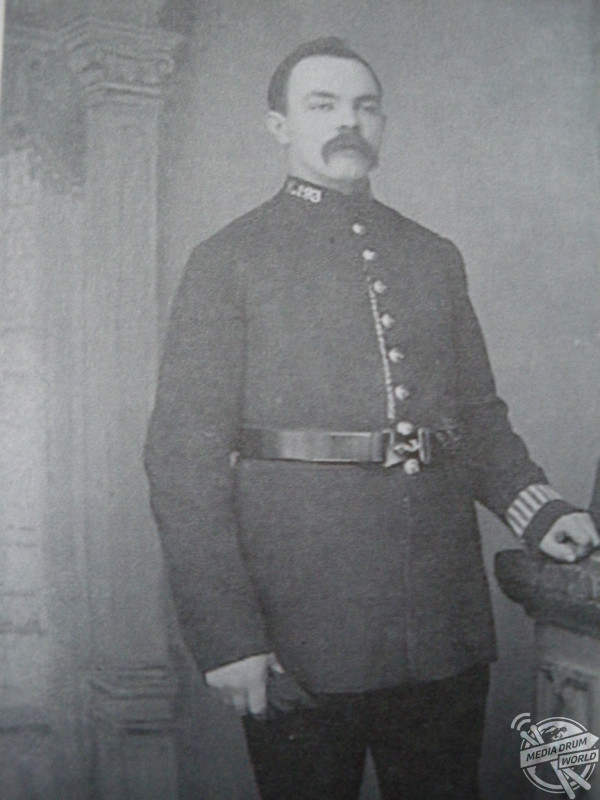
Simon Webb / mediadrumworld.com
In Epsom, Sergeant Thomas Green was killed becoming the first police officer to be killed in a riot in the 20th Century.
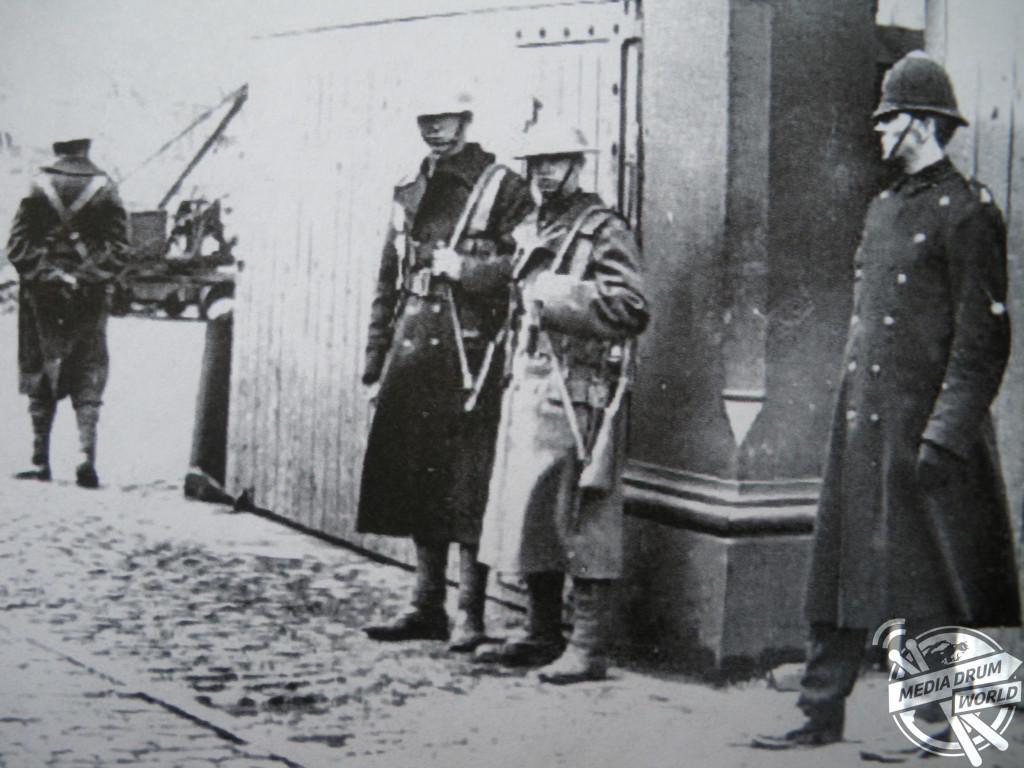
Simon Webb / mediadrumworld.com
“The riots in 1919 were fiercer than anything seen since,” Simon said.
“There are many interesting parallels to be found in modern Britain. For example, worries about disorder and terrorism.
“Troops have been used on the streets in recent years to suppress disorder and could easily be used in this way again.”
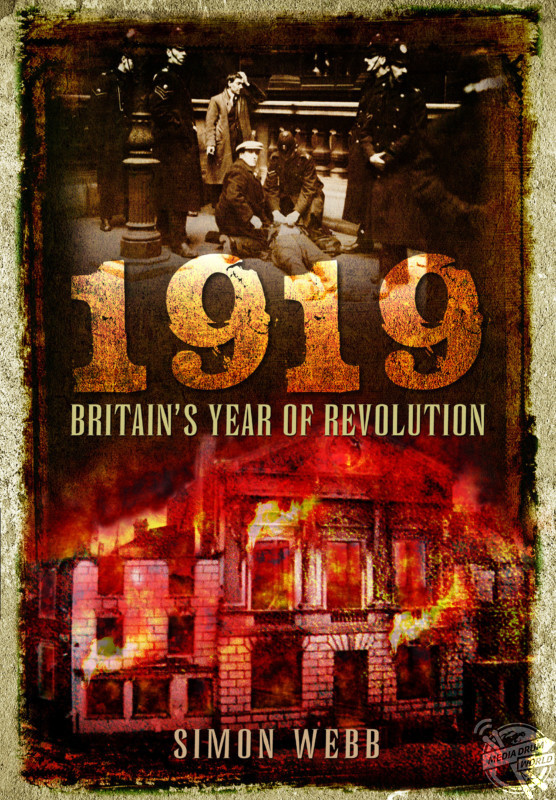
‘1919 Britain’s Year of Revolution’ by Simon Webb is available to buy from Amazon for £19.99






